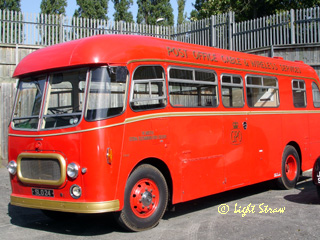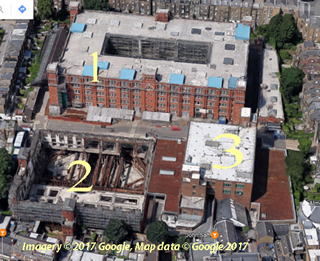An overview of delivery methods
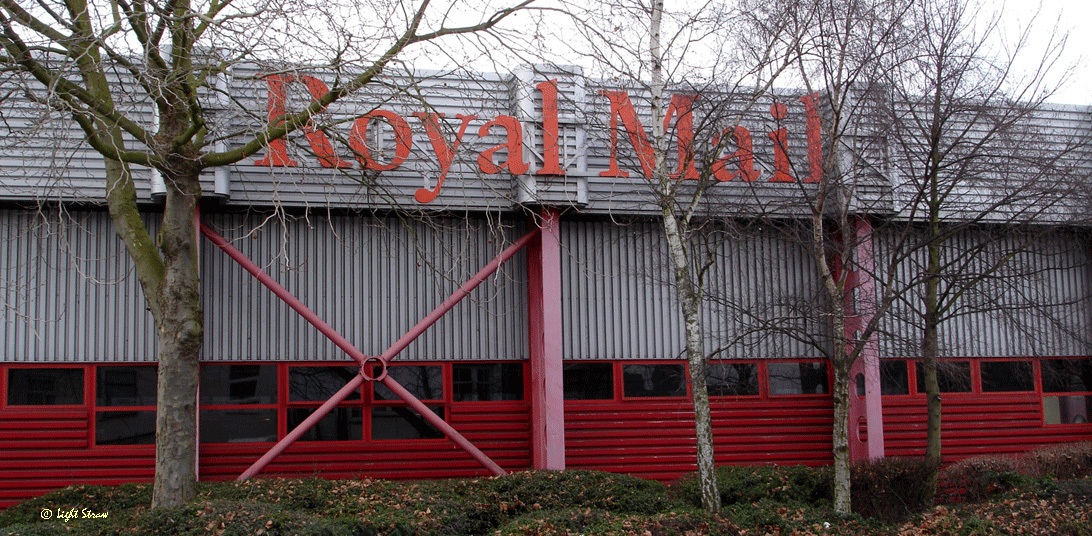 |
Quote from Royal Mail website: "Our Delivery Offices are a vital part of the network that ensures your mail gets delivered to the right address. All mail arrives at a Delivery Office as the last stop on the journey to its destination. It is then sorted and delivered daily (except for Sundays and Bank Holidays) to one of the 27 million addresses nationwide. We’ve split the UK into 31 operational areas, with approximately 1400 Delivery Offices employing 100,000 postmen and 3000 delivery managers."
The modern Delivery Office (DO) is typically located at an out of town location where economies of scale allow for a large sorting office combined with a reception for members of the public to visit the DO.
The 21st century philosophy is 'economies of scale' in which there are fewer, but larger sorting offices within the road hub network.
Mail by Road
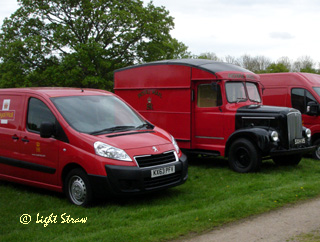 |
A study of the Royal Mail Fleet from early times to present day... |
Delivery Methods (DM) was a radical change in the way in which the 'final mile' delivery to the customer is made. From about July 2010 additional vans gradually replaced the traditional Postmans' bicycle. This was due partly to the larger rounds and bulkier loads as a result of both DO (Delivery Office) and SO (Sorting Office) rationalisation.
High Capacity Trolleys
 |
Since 2007 trolleys have become a common sight on the streets. |
 |
The Mk 2 HCTs have an additional top box on the handlebars for placing bundles of mail during delivery (agreed max. loading 122 kg gross). |
Mail by Rail
The 2000s saw the decline of mail carried by rail, as Mail Rail closed in 2003 and the last TPO ran in 2004. In the 2010s some mail is still carried by the 325 class EMUs.
 |
Mail by Rail - A look back... |
Northern District OfficeBooks
 |
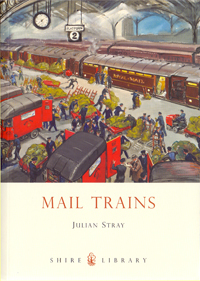 |
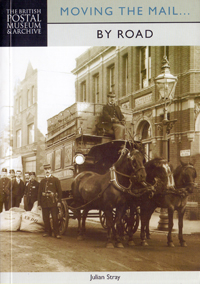 |
Built for Service by Julian Osley. |
All logos and trade marks are the property of their respective owners and are used on the Light Straw site(s) for review only. Students and researchers are recommended to make their own independent enquiries as to the accuracy of the information contained therein.
